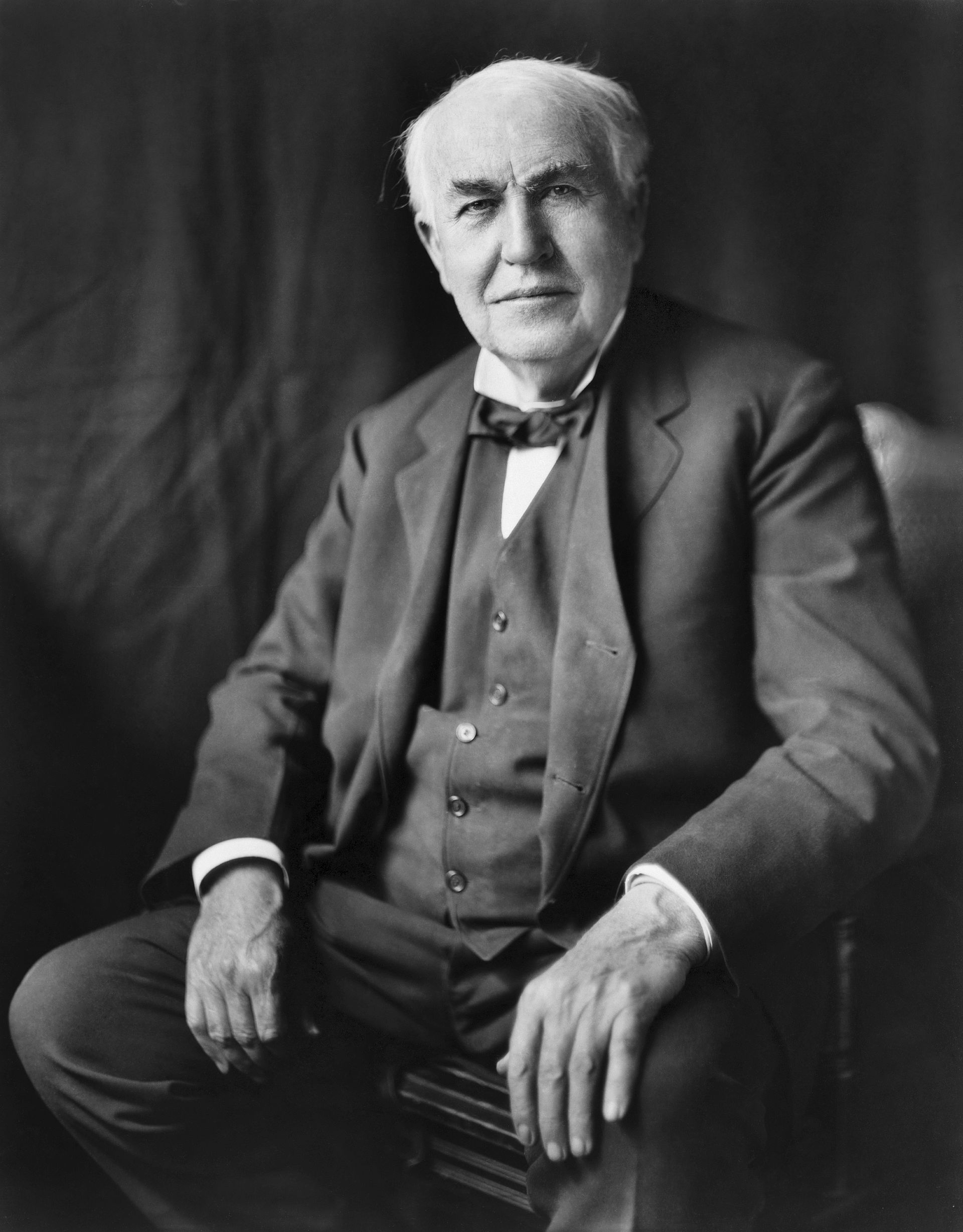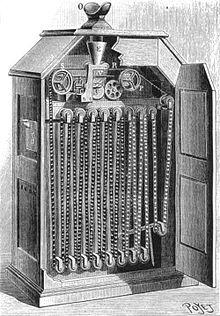Thomas Alva Edison was an American inventor and businessman, who has been described as America’s greatest inventor. He is credited with developing many devices in fields such as electric power generation, mass communication, sound recording, and motion pictures. These inventions, which include the phonograph, the motion picture camera, and the long-lasting, practical electric light bulb, had a widespread impact on the modern industrialised world.He was one of the first inventors to apply the

principles of mass production and teamwork to the process of invention, working with many researchers and employees. He is often credited with establishing the first industrial research laboratory. Edison was raised in the American midwest and early in his career he worked as a telegraph operator, which inspired some of his earliest inventions. In 1876, he established his first laboratory facility in Menlo Park, New Jersey, where many of his early inventions would be developed. He would later establish a botanic laboratory in Fort Myers, Florida in collaboration with businessmen Henry Ford and Harvey Firestone, and a laboratory in West Orange, New Jersey that featured the world’s first film studio, the Black Maria. He was a prolific inventor, holding 1,093 US patents in his name, as well as patents in other countries. Edison married twice and fathered six children. He died in 1931 of complications of diabetes.
The Kinetoscope is an early motion picture exhibition device. The Kinetoscope was designed for films to be viewed by one individual at a time through a peephole viewer window at the top of the device. The Kinetoscope was not a movie projector, but introduced the basic approach that would become the standard for all cinematic projection before the advent of video, by creating the illusion of movement by conveying a strip of perforated film bearing sequential images over a light source with a high-speed shutter. A process using roll film first described in a patent application submitted in France and the U.S. by French inventor Louis Le Prince, the concept was also used by U.S. inventor Thomas Edison in 1889, and subsequently developed by his employee William Kennedy Laurie Dickson between 1889 and 1892.Dickson and his team at the Edison lab also devised the Kinetograph, an innovative motion picture camera with rapid intermittent, or stop-and-go, film movement, to photograph movies for in-house experiments and, eventually, commercial Kinetoscope presentations.
